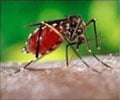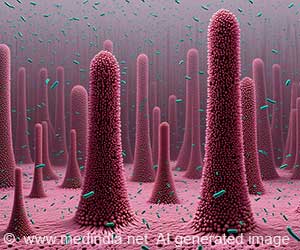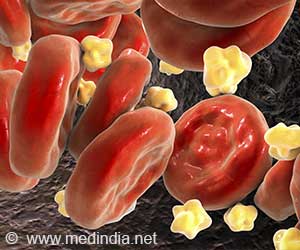The new microneedle based patch test is a simple, fast, and low-cost method to detect malaria. It is a bloodless sampling technique and can be a viable diagnostic tool for disease detection and screening.
Highlights
- Rapid diagnostic tests or RTDs usually use a needle prick for diagnosing malaria are time consuming A blood-free microneedle patch test has been developed for detecting malaria that delivers results within just 20 minutes
- The microneedle-based patch extracts the protein present in dermal interstitial fluid in the skin
- This protein is a biomarker for various infectious diseases like malaria and now, even COVID-19
TOP INSIGHT
The microneedle-based skin patch test for malaria uses one strip of hollow microneedle array and another antibody strip. It is a minimally invasive, bloodless sampling of interstitial fluid on the skin surface.
For the procedure, proteins that are present in dermal interstitial fluid are extracted. This fluid is a biomarker for various diseases like malaria and can be used for rapid testing.
People usually recognize this fluid as blisters, but this fluid surrounds all of the cells in the skin.
According to Peter Lillehoj of Rice's Brown School of Engineering, the disposable patches could be programmed to detect other diseases, potentially including COVID-19.
"In this paper, we focus on malaria detection because this project was funded by the Bill and Melinda Gates Foundation, and it's a big priority for them," said Lillehoj, who joined Rice in January as an associate professor of mechanical engineering. "But we can adapt this technology to detect other diseases for which biomarkers appear in interstitial fluid."
How the Patch Works
The sticky patch is made up of sixteen hollow microneedles in a 4-by-4 array on one side, along with an antibody-based lateral-flow test strip on the other.The needles are 375 microns wide and 750 microns long enough to reach the fluid in the skin, which is around 800 to 100 microns thick. Needles are sharp enough to penetrate the skin.
The antibodies react when they sense protein biomarkers for malaria. If the test is positive, two readout lines on the strip's exposed surface turns red, and if the test is negative, only one line turns red.
The device can be removed like any bandage on the completion of the test.
This experiment is the first to combine both microneedles and antibody test strips into a simple, inexpensive package that can be used at the time of need. The test is particularly useful in developing countries where finger-prick blood sampling and the availability of trained medical personnel to diagnose samples may be challenging.
Lastly, the researchers claim to have self-tested the patch and found it to be pain-free, and user-friendly, especially for children. Lillehoj said "We didn't intend for it to look like a bandage. We started with a rectangular shape and then just rounded the edges to make it a little more presentable. We didn't plan for that, but perhaps it makes the patch more relatable to the general public."
Reference:
- Microneedle-based skin patch for blood-free rapid diagnostic testing - (https://www.nature.com/articles/s41378-020-00206-1)
Source-Medindia
 MEDINDIA
MEDINDIA


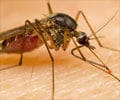
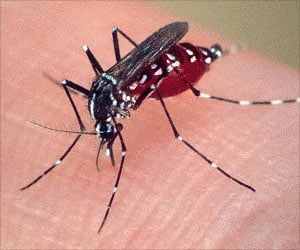
 Email
Email
